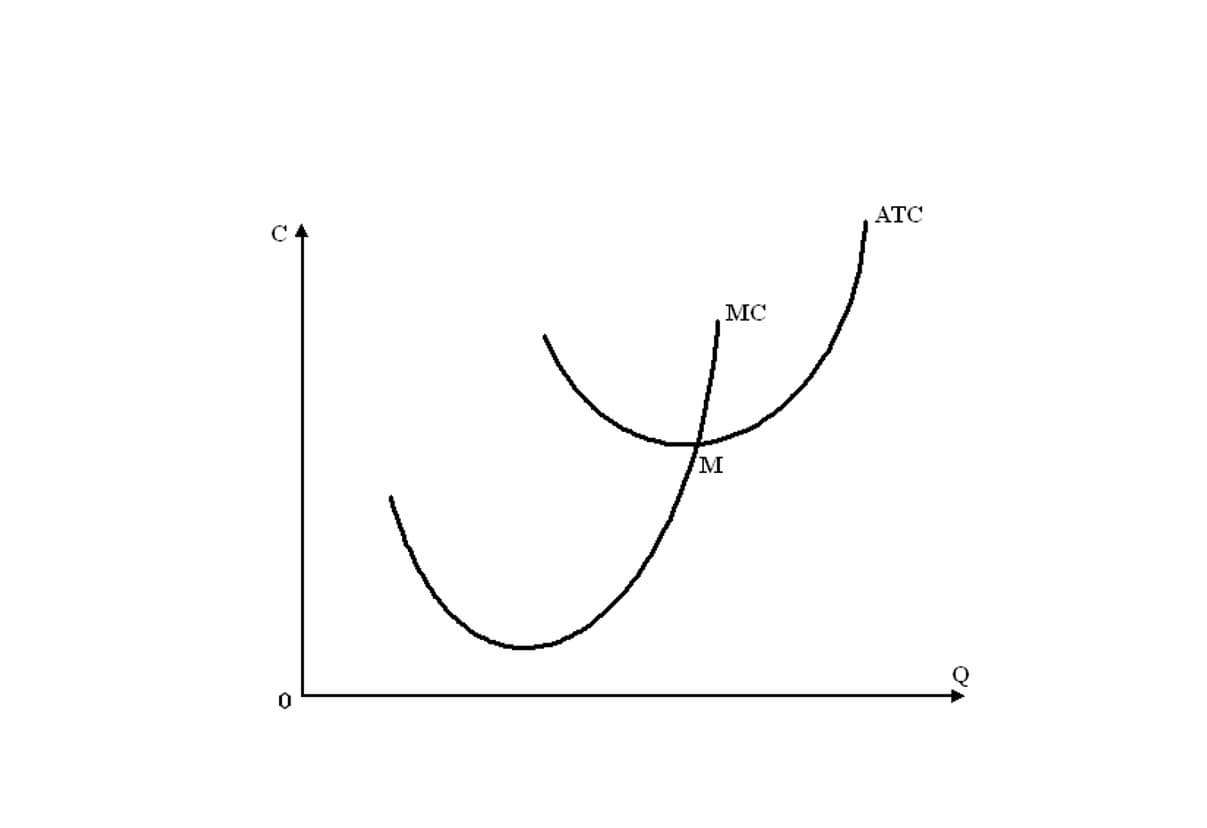
A profit and loss statement, or a P&L statement or income statement, is a financial document that summarizes a company’s revenues, expenses, and profits/losses over a given period. It starts with the top line (total revenue) and ends with the bottom line (net income or net profit/loss). By examining profit in law statement a P&L statement, business owners and investors can gauge a business’s financial health and profitability. A clear understanding of your financial health is paramount to success in business. At the heart of financial analysis lies the Profit and Loss Statement (P&L), an income statement.
Third, you have to cover the utilities, marketing expenses, and depreciation — all represented as general and administrative expenses (often also called non-operating expenses). Second, you need to subtract the operating expenses, including wages of the entire kitchen and wait staff, plus the rent. First, all the meals you typically sell during a month amount to your revenue. After you deduct the cost of goods sold — like ingredients — and labor costs from the revenue, you get a gross margin.
Example of a Profit and Loss Statement
For illustration, investors often inspect corresponding types of P&L statements published by same-sector companies of similar size. After crunching the numbers, they spot trends in managing expenses and decide to invest in one company rather than another. What we’re referring to is the profit and loss statement (P&L), which gives you insight into how well your business is doing. Gross profit (or gross margin) is revenue minus the costs of goods sold.
- The Single-step P&L statement template is useful if you’re just starting out and you’d like to calculate your total income without having to create a single-step P&L statement from scratch.
- As an honest reflection of how your money works in your business, the statement shows what changes need to happen to increase profit.
- With a basic profit and loss statement, you will be able to see a business’s net income—also commonly referred to as its bottom line—at a glance.
- P&L statements can be created to analyze and compare business performance over a month, a quarter or a year, and are an effective tool to review cash flow and predict future business performance.
- The cash method is common for personal finances and small businesses and is much simpler, especially when you’re starting out.
- This template is also practical for getting a snapshot of your expenses and cost of goods sold.
If you go with the Excel spreadsheet, clicking on the link will save the document to your device. Take control of your time and maximize productivity with effortless time tracking. This point bears repeating in any sector — create an impenetrable time management system.
Receive Updates
So, to improve your bottom line, you’ll have to keep tabs on the labor cost of people involved in your company. In the end, our imaginary restaurant is left with the net income on that single month’s worth of meals for January and February 2024. With millions of restaurants spread throughout the world, it might be interesting to explore how a P&L statement can impact their profitability. For example, if you sell an office building or other property owned by your firm, this would be considered non-operating income. Let’s take a look at a real-world example of a P&L statement from Apple’s 2023 annual report.
When done properly, a P&L can help protect the financial bottom line of a company by offering deeper insights into how a business can reduce costs and increase revenue. Profits and expenses are categorized to help you see how your business is growing or shrinking. The categories will vary depending on your practice and the types of cases you take on. Still, some common themes are employee salaries, real estate, marketing and promotions, operating expenses, licenses, travel, and administrative expenses. You’ll also need to track subscriptions, contractors or outsourcing fees, retainers, client fees, and more. You may be surprised to learn that your firm’s non-operating income is actually a mix of revenue from various sources, including investments and debt financing.







